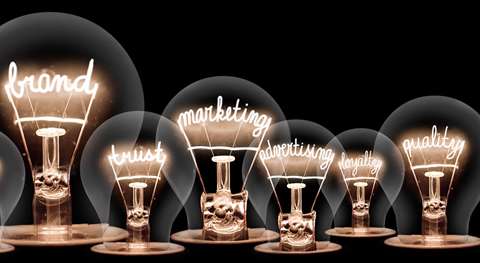You may be thinking, “Well, you’re not a marketer.” And that’s true—I’m a small business owner and print professional with over 30 years of experience. I've worked with global brands and local businesses alike, using the tangible power of print to cut through the digital noise and reach people in ways pixels can't. In some cases, those of us who’ve walked a different path may have insights that the freshest graduate hasn’t yet encountered.
One of the biggest challenges we face in 2025 is media overload. Consumers are bombarded with digital messages across channels. So how do you create memorable, emotional connections in this climate? Is it possible we’ve lost the art of marketing that engages all the senses?
How print creates the difference
Emphasising the physical and tactile aspects is just the beginning. It goes beyond mere aesthetics—what I refer to as “pretty, pretty.” It's about taking a comprehensive approach that not only considers the visual elements but also incorporates the dimensional qualities, texture, and even the smell of traditional print collateral.
I was trained as a graphic designer in the early 1990s, during which time we were encouraged to consider substrates and how end users, clients, and various stakeholders would engage with a design. It wasn't uncommon to have a selection of textured paper stocks and to explore techniques like embossing. We also shifted toward a more diverse range of print methods, such as thermography, to add differentiation. When combined with an understanding of print finishing techniques, this allowed us to create truly unique, crafted pieces.
These small, subtle features acted as hooks that captured the recipient's attention during the engagement process. However, the rush toward digital has resulted in very flat designs, as digital media itself is inherently flat. Nowadays, we often encounter "trade print providers" or "internet shed" (as I call them) print services, which primarily offer a single process driven approach—stack it high and sell it cheap.










